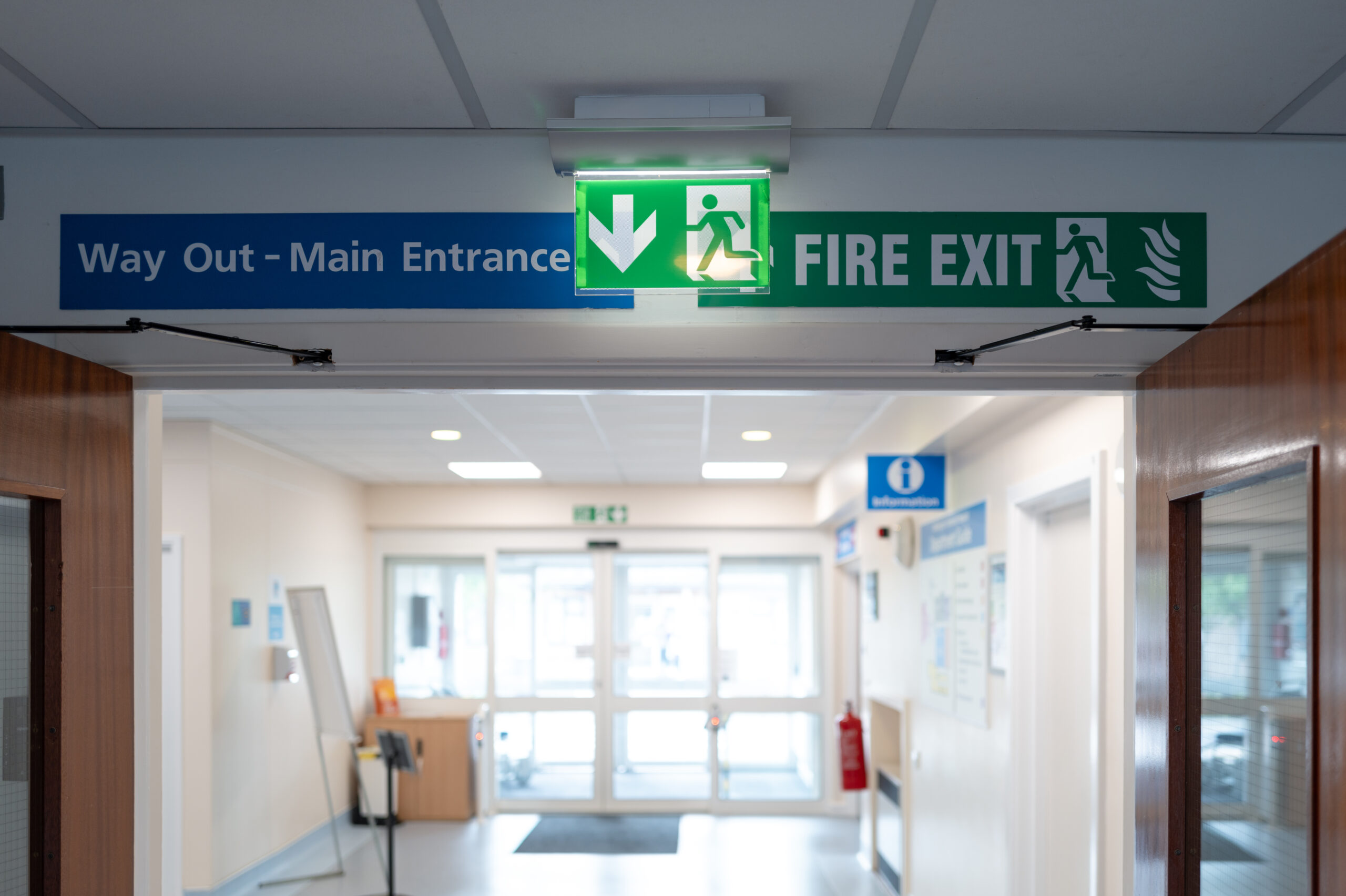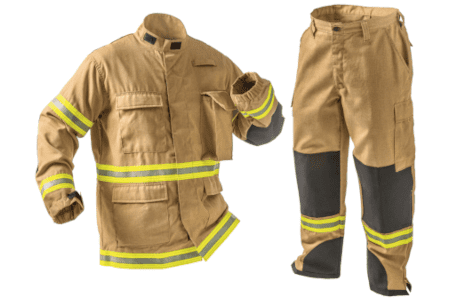Firefighting kit has a number of functions. It protects crew members in a wide range of situations and makes them instantly recognizable in an emergency. Replacing the firefighting kit at the right time keeps fire firefighters and rescue personnel safe and comfortable, no matter what the emergency.
Call Outs For Firefighters
According to the UK Home Office, in the last year, 28 per cent of call-outs for firefighters and rescue staff involved responding to fires, 42 per cent of call outs were fire safety personnel responding to false alarms and 31 per cent call outs were for non-fire related incidents. Non-fire incidents have increased from 23 per cent of call outs, nearly ten years ago.
This demonstrates the breadth of tasks a firefighter might be expected to complete when wearing their kit
The five largest categories of non-fire incidents in the last year were road traffic collisions, effecting entry/exit, assisting other agencies, medical incidents, and flooding incidents. This demonstrates the breadth of tasks a firefighter might be expected to complete when wearing their kit. In a nutshell, they need to be ready for any scenario.
Longevity Of Firefighting Kits
Let’s not get ahead of ourselves by focusing only on replacement, there are other ways of making a firefighting kit last. Inspecting it after every shout and regular cleaning and maintenance will ensure that the kit last as long as possible.
There are many blogs on how to inspect a firefighting kit and how to maintain the kit to help fire and rescue services to get the most out of their most important PPE (Personal Protective Equipment) investment.
When Does Turnout Kit Expire?
Technically, there’s not a blanket expiry date for firefighting/turn out kit, though manufacturers might specify the lifespan of individual garments. The new British Standard for the inspection, testing, cleaning, decontamination, drying, repairs, replacement and retirement/disposal of firefighting personal protective equipment (PPE) is BS8617 standard. Published in 2019, it recommends that firefighting kit should be replaced at least every 10 years.
So the answer to the question: How often should one replace their firefighting kit? It is at least every 10 years, according to the British Standard, but there are reasons for not waiting that long.
Can Firefighting Kit Be Replaced Sooner?
State operated fire and rescue services in England responded to 557,299 incidents in the last year itself
While private fire and rescue services might not face too many call outs, State operated fire and rescue services in England responded to 557,299 incidents in the last year itself. Of these, 153,957 cases were that of live fires.
With so much opportunity for wear and tear of the firefighting/turn out kit, it may be inevitable that the kit will reach the point of expiry and will be required to be replaced soon. In some instances, it might simply make economic sense. For example, If a new jacket costs upwards of £200 and has already had an investment of £150 in repairs, it might be more cost effective to replace the jacket the next time it is damaged, instead of paying for another repair.
Care And Maintenance Of Turn Out Gear
Professional care and maintenance companies will inspect kit every time it goes for cleaning and should provide advice about when kit should be condemned as ‘unsafe to wear’, or when it makes more economic sense to replace it rather than repairing it.
Fit is essential. When the London Fire Brigade replaced its firefighting kit in 2018, Deputy Commissioner Tom George acknowledged that they needed a kit that could support and protect crews in a range of incidents, be it whether fighting fires, freeing people trapped in crashed cars or complex rescues from collapsed buildings. Firefighting kit must also be retired if it has been contaminated by chemical, biological, radioactive or nuclear agents.
To stay up to date on the latest, trends, innovations, people news and company updates within the global fire market please register to receive our newsletter here.
Media contact
Rebecca Morpeth Spayne,
Editor, International Fire Buyer
Tel: +44 (0) 1622 823 922
Email: editor@firebuyer.com








